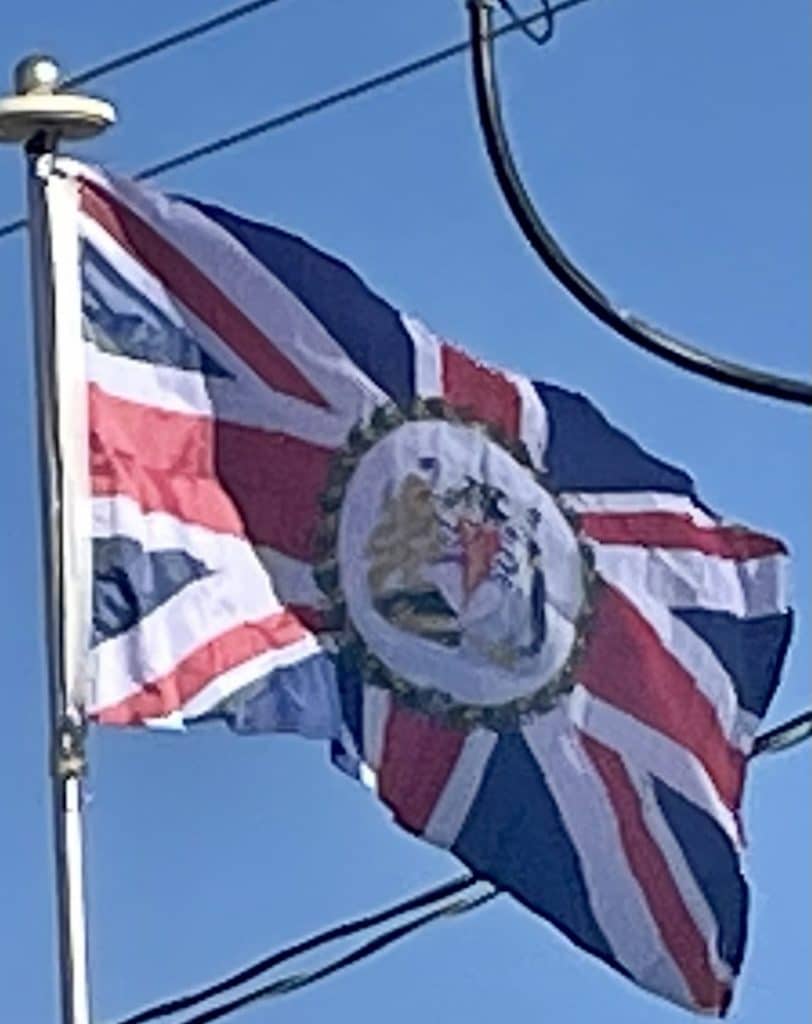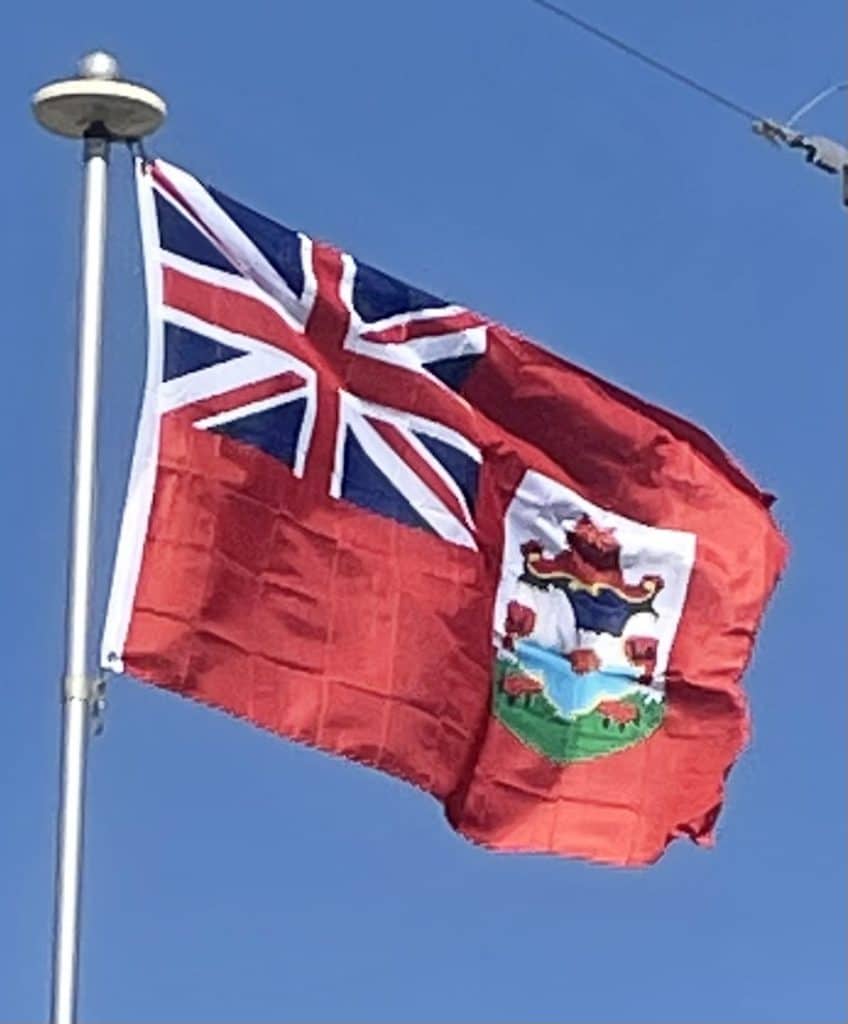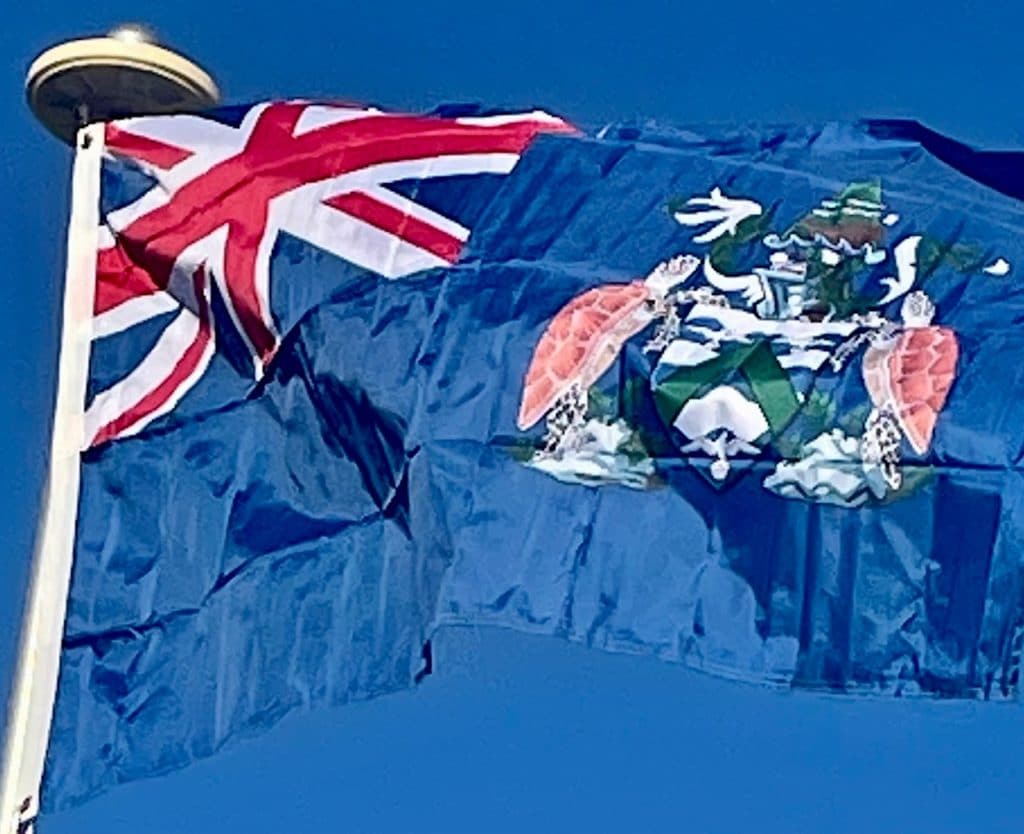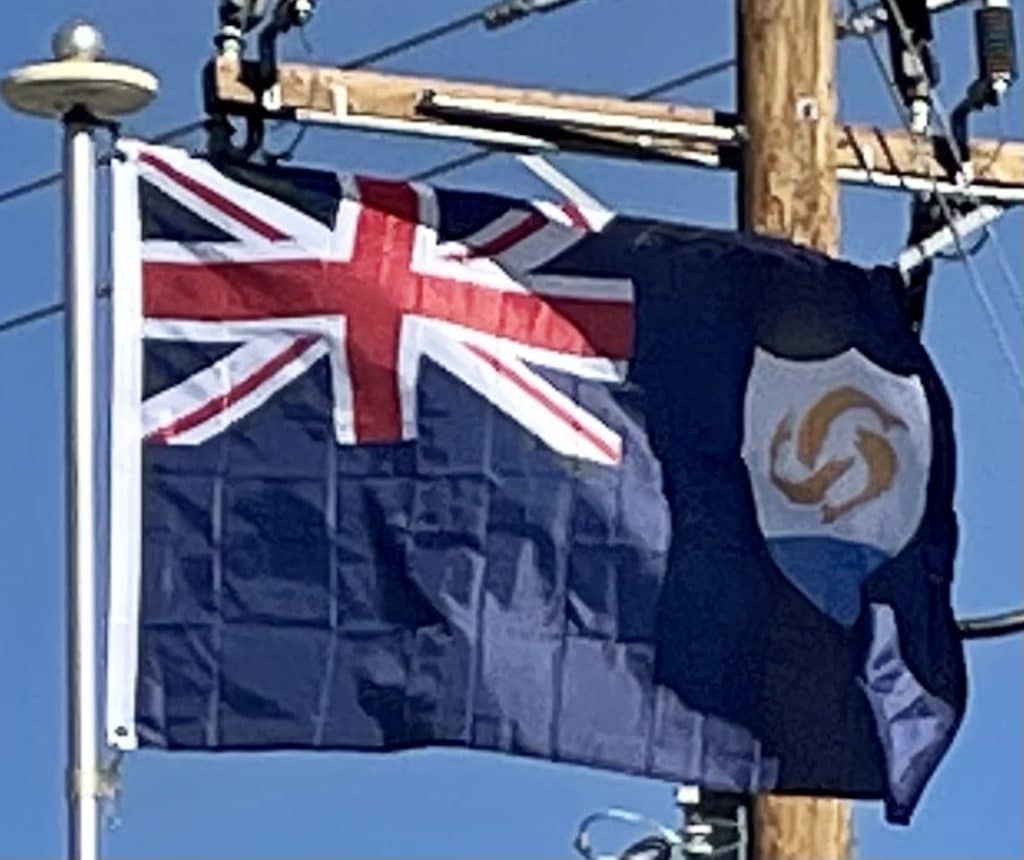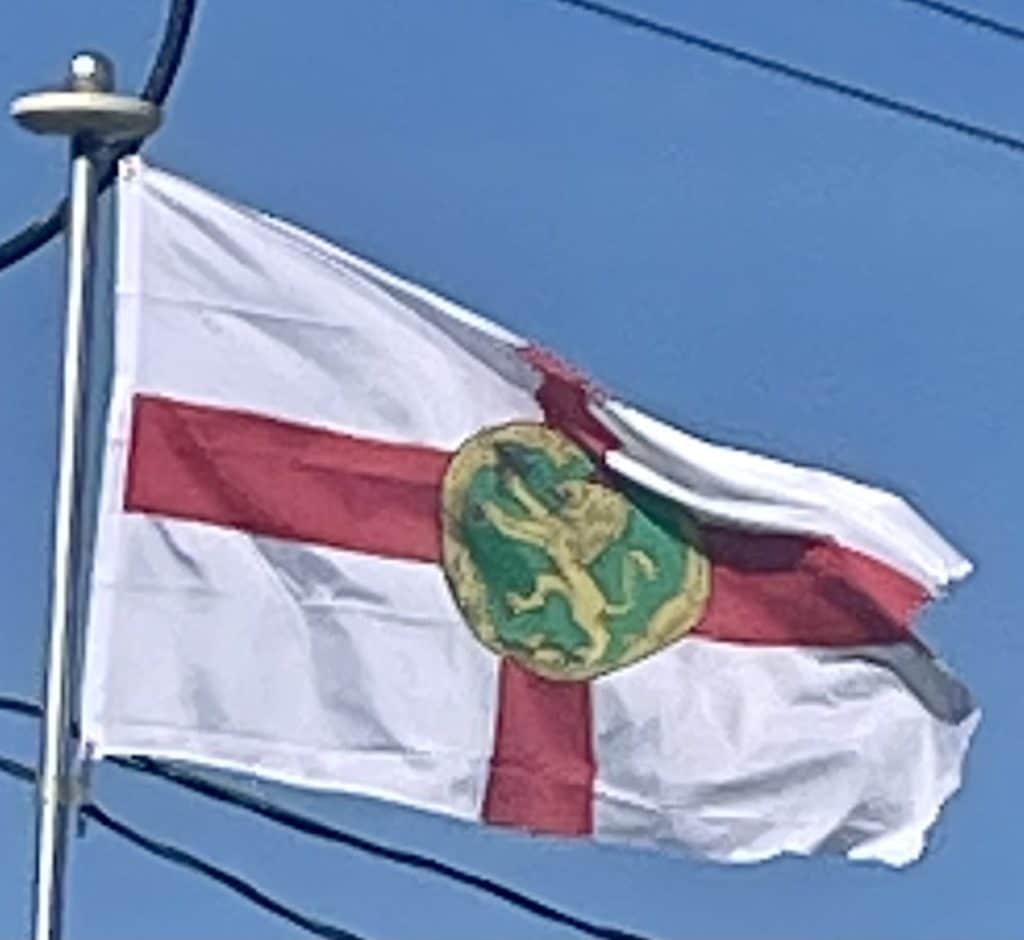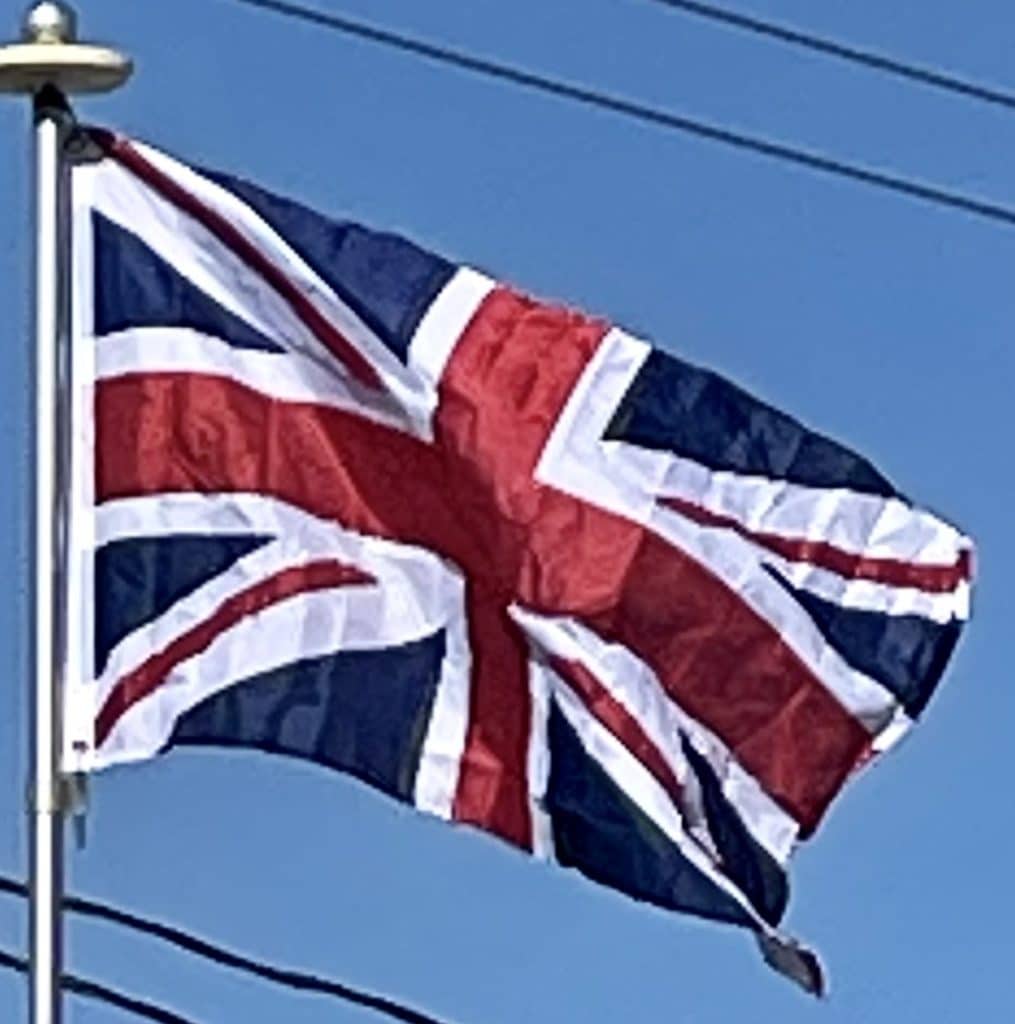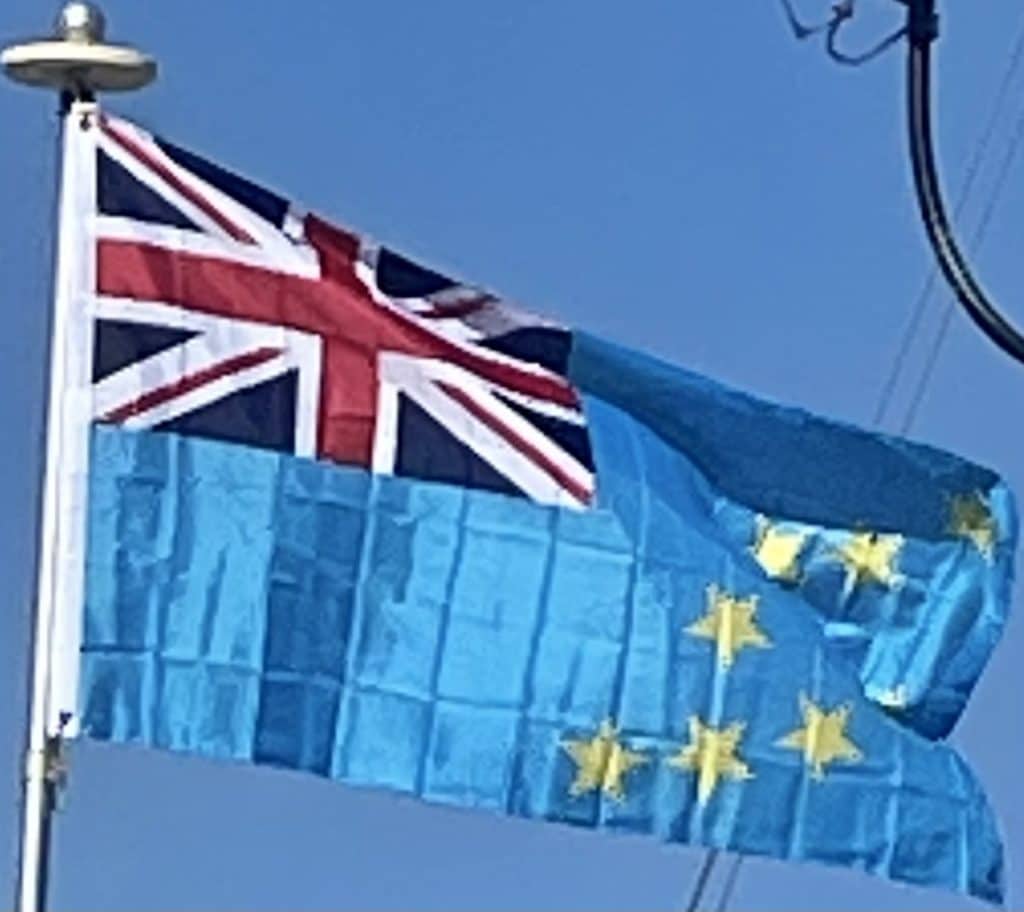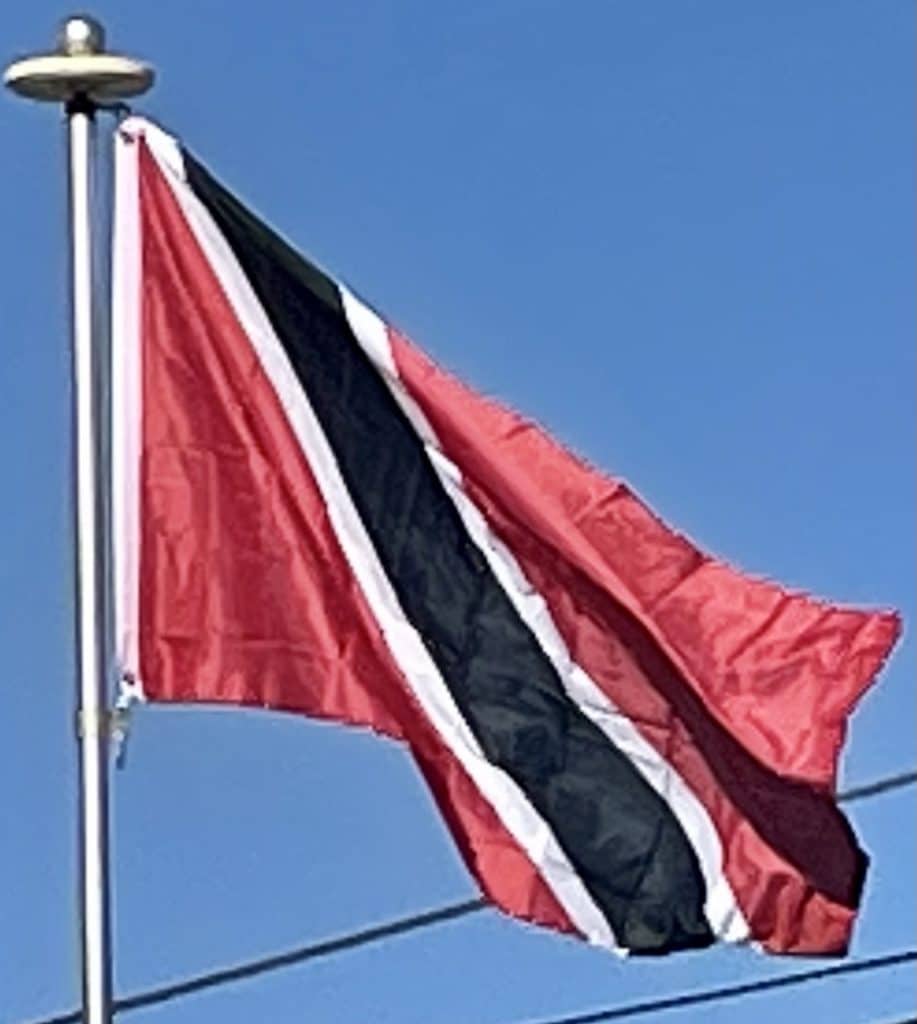British Antarctic Territory (BAT)
The flag of the British Antarctic Territory (BAT) was granted on 1 August 1963, a year after the British Antarctic Territory, a British Overseas Territory, was created. Previously, the Territory was a part of the Falkland Islands Dependencies and used the same flag.
